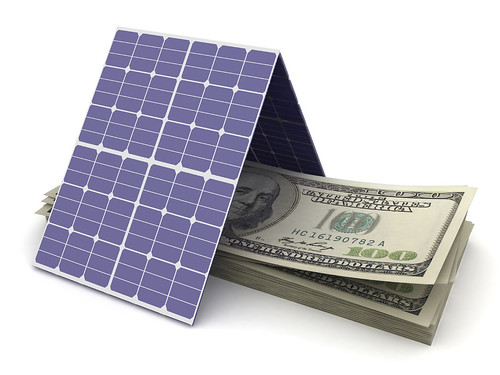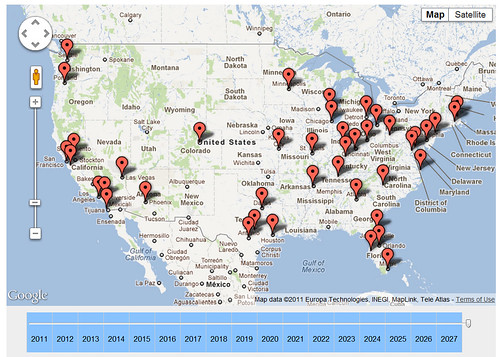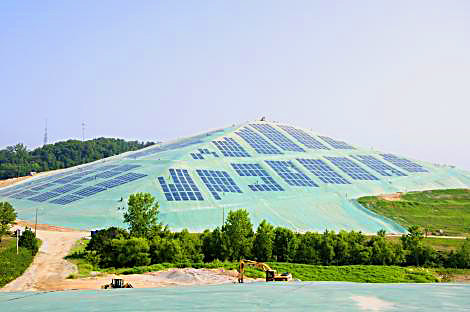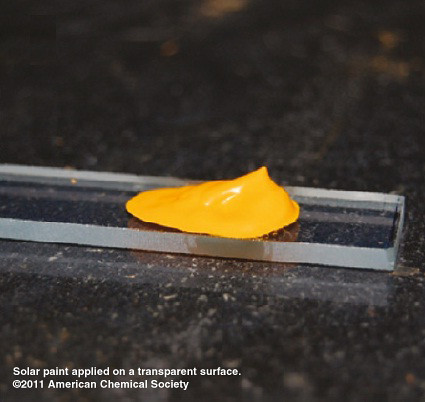As appeared May 5, 2011 in SmartPlanet.
By Andrew
Nusca
SunReports is a San Francisco,
Calif.-based company that manufactures monitoring systems for solar energy
installations.
SmartPlanet caught up
with chief executive Tom Dinkel
to discuss why this part of our smart energy infrastructure is surprisingly
off-grid — and why an unmonitored installation can actually use more power than
it generates.
SP:
Tell us about SunReports’ market.
TD: SunReports serves the
broad solar market in two halves: solar photovoltaic, which is small and sexy,
and solar hot water, which is not-so-sexy but the larger of the two.
We focus on the
residential level. There are 66,000 systems installed in California in PV; less
than five percent are monitored, which is just nuts. Traditional monitoring
companies are too costly and too complex [for the average homeowner], so they
just don’t have traction in the residential space. I know this from first-hand
experience, because I was at [renewable energy management company] Fat Spaniel.
It has to be incredibly
simple and incredibly easy to install for installers. The price point has to be
low enough so that an installer won’t even consider doing a system without
having monitoring on it. We’re well under the $1,000 mark now.
The PV market, we
estimate there are about a million installed systems around the world. The hot
water markets we estimate about 45 million systems around the world. Most are
in China.
It’s interesting that the
person who is most interested in energy is least served by the smart grid. In
California, they use net metering for measuring the solar arrays on the roof.
The smart grid doesn’t touch the net meters. The person who is most interested
is unable to see what’s going on. There is no data.
SolarCity has their own monitoring
thing; SunRun has their own
monitoring thing. But they have not optimized theirs, and I’d be happy to talk
to them about it.
The hot water space is
completely underserved by monitors. We’ve spent most of our energy serving this
market, and have established distribution in the space.
Our efforts so far have
been to touch as few people as possible to get the very maximum reach we can
obtain. Mostly OEMs.
SP:
What happens when we don’t monitor solar installations?
TD: The failure of the
system is very quiet. There’s no smoke, klaxon horn, no flashing lights.
The problem is that you
still have power — for hot water, you still are taking warm showers — but your
solar generation system could be down weeks or months before you notice. That’s
not a very good return on investment; that would be zero.
The homeowner gets a
bill. They might notice that their first bill is a little higher than normal,
but they pay it. The second month that it’s out of whack, it’s “Honey, why is
this bill so high?” You’ve just wasted more energy than the thing costs.
We know for sure that
over the course of the system — these panels live 25 years plus, inverters live
maybe 8 or 10 years — you’re going to have one, probably two inverter failures.
I would want to know when my inverter has pooped out.
It’s ironic: you’ve spent
more on your solar array than your [Toyota] Prius, but there’s no dashboard on
it.
Installers in California
are required to provide a 10-year warranty on these systems. But they have no
risk mitigation strategy. So we give them one dashboard, one Google Maps-based
portal, where they can see their entire installed base. They can manage their
entire installed base by exception.
It’s a really useful
tool.
SP:
How do you get installers to bite?
TD: It hasn’t been
particularly hard. The hardest thing has been getting word out that the
technology exists. Traditional monitoring has a power supply, web server and
data logger that all have to get pinned together. The typical installer does
not know what a subnet mask is.
We’ve designed a plug-in
process. Our most common call from the field is, “I just did this really
quickly, did I miss a step?”
The solar hot water guys
have never thought of solar monitoring. The solar panel guys generally don’t
unless they’re vertically aligned. It’s the inverter guys that have baked-in
solutions. Where it falls down is when the customer calls. A visit by a
repairman costs more than my product does.
SP:
You attended a solar conference in January in New Jersey. Tell us about it.
TD: It was called
Networked Solar, which is cute, because solar is about the least-networked
thing on the planet.
Utility representatives
were concerned that there were things on their distribution grid that were not
in their control. For a utility to not have command-and-control is pretty
terrifying. It goes against their grain. The information we get from the
inverter is one-way, but it’s a two-way pipe.
This was the first
conference I’ve heard of or attended where this was actually a topic.
The smart grid is more
than just automating meter reading. It should be about managing your own power,
especially for people who care.
There are two huge
gravitational pulls that we experience on a daily basis: the smart grid and the
home automation network. We can operate with both, but we’re not reliant upon
either.
It’s sort of a hole in
other people’s strategy. I think that we will be acquired by a larger player in
either of these markets. Somebody will have to own that. It could be an
existing player or someone who sees that we have a chip on a board that looks
like a networked device and maybe it’s a Cisco or an Intel. I expect that we’ll
get gobbled up before we’re too long down the road.
SP:
What’s next?
TD: Software and
hardware. We get asked all the time, “I can see my PV system, but what’s my
load in the home? I know what I’m generating, but I want to know what I’m
consuming.” Innovating to see consumption in the space. I don’t see many
products I like in the home energy monitoring space.
The home energy guys are
trying to satisfy a market that nobody cares about yet. The average energy bill
in this country is $3 a day. Nobody’s going to save $1.30 a day. It’s just not
compelling.
If installers were able
to better demonstrate the performance of these panels, the decision will be
less scary.
I’m currently batting
.400. We’re just taking the installation business to the next level.
SP:
What’s your ratio of residential to commercial customers?
TD: For numbers of
installs, it’s 80 percent residential. In terms of megawatts…
SP:
But you make your money on the number of installs, not megawatts.
TD: Exactly.







